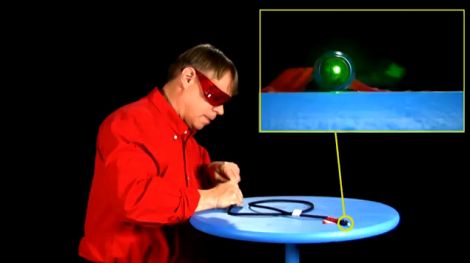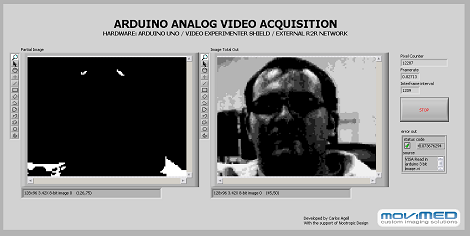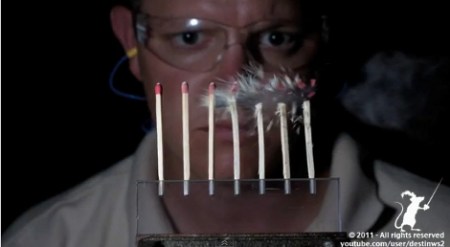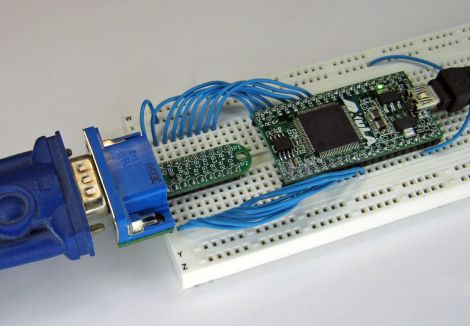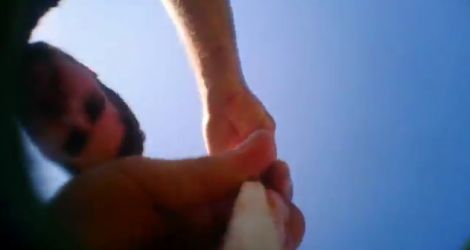
It’s a holiday weekend, and much like you, we’re taking a bit of time to relax and kick back a few drinks while we mingle with friends and family. Obviously, one of the bigger events this weekend plays host to is the fireworks show put on by your city or your drunken neighbors.
Roman candle wars aside, have you ever wondered what the 4th of July looked like from the fireworks’ point of view? We did, and so did [Jeremiah Warren], who put together an awesome video showing what really happens after you light the fuse and run away like a little girl.
The dizzying video was shot using a pair of key chain cameras that he strapped directly to the rockets before launching. It’s pretty entertaining, so be sure to check it out if you have a few minutes to spare.
This probably doesn’t quite fit the criteria to be considered a hack, but with explosions and the crazy point of view video, we had to pass it along.


